Food for peace: WFP and FAO work to end conflict and hunger in DRC
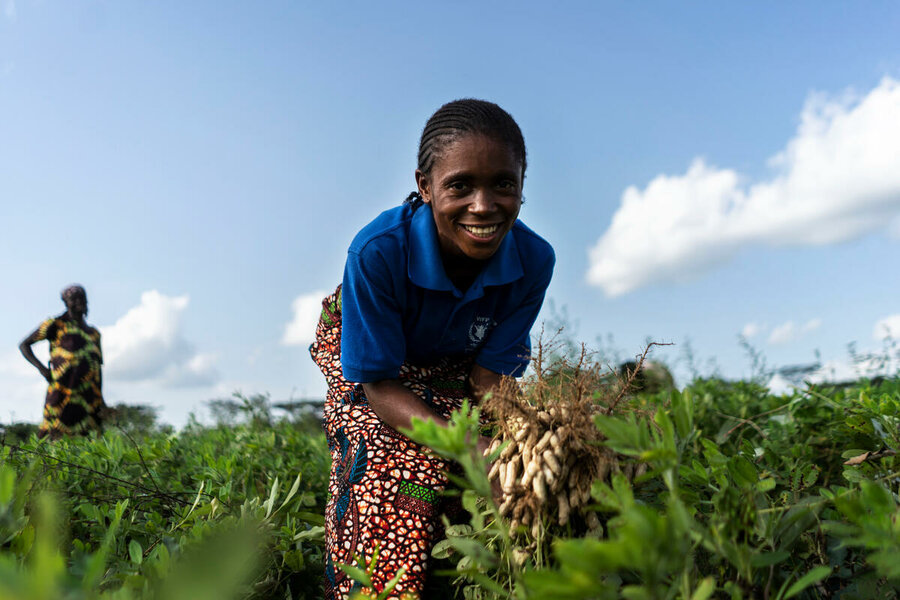
This article marks the anniversary of Resolution 2417, passed by the UN Security Council on 24 May 2018, banning the use of starvation as a weapon of war and confirming the links between hunger and conflict.
“We started living together, doing business at the same locations, and farming together,” says Rebecca. “Today, we are living in peace with one another.”
The mother of four lives in Kabalo, in the Democratic Republic of the Congo (DRC)’s Tanganyika province, where violent clashes between different communities have played out for years. Her family fled their home several times before eventually managing to get back to their village.
That was thanks to a joint community resilience project run by the UN’s World Food Programme (WFP) and the Food and Agriculture Organization of the United Nations (FAO). Through village peace committees, the two agencies have helped to restore social cohesion — a critical element for peace — through a culture of conflict resolution that addresses root causes and tensions, and fosters tolerance.
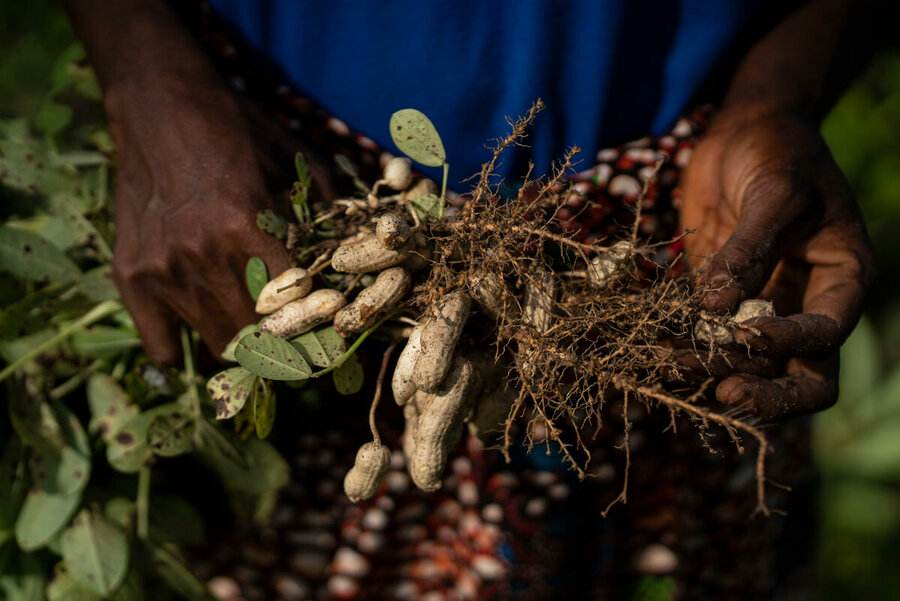
Together, they support 103,500 families – around 517,500 people – in DRC's Tanganyika, North and South Kivu and North and South Ubangi provinces.
The number of people affected by high acute food insecurity nationwide is estimated at 27.3 million, or one in three people, including nearly 7 million people grappling with 'emergency levels' of acute hunger, according to the latest figures.
This makes the country home to the highest number of people in urgent need of food security assistance in the world.
Escalating conflict remains the key driver of hunger. Families have had to sell valuable assets to buy food and many are left with no choice but to skip meals, sometimes for an entire day. DRC’s 5 million displaced people, the largest number in Africa, live in crowded settlements or are crammed in with host families in urban areas with poor sanitation and healthcare, scrambling to put food on their table.
Programme participant Rebecca says particularly likes FAO and WFP's focus on awareness-raising on peacebuilding social cohesion, as it facilitates common understanding that brought the communities together. She says: “Understanding one another has brought peace. When there is peace, we can farm and do business in a profitable way.”
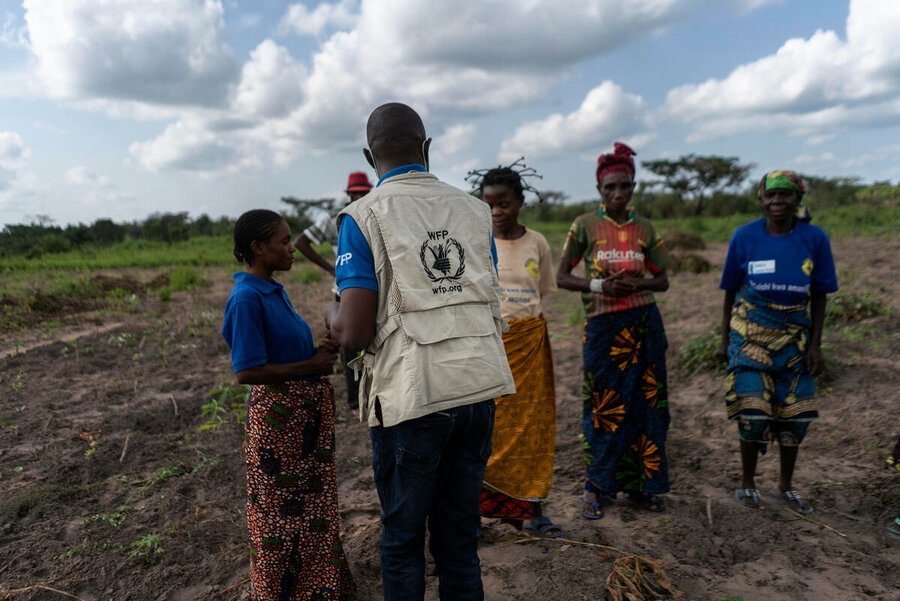
Rebecca received seeds along with the agricultural training and tools she needs to grow peanuts and other crops. Peanuts are an excellent source of protein and high in various vitamins and minerals. She also took literacy classes.
Between 2009 and 2015, WFP and FAO piloted the Purchase for Progress initiative in Kabalo.
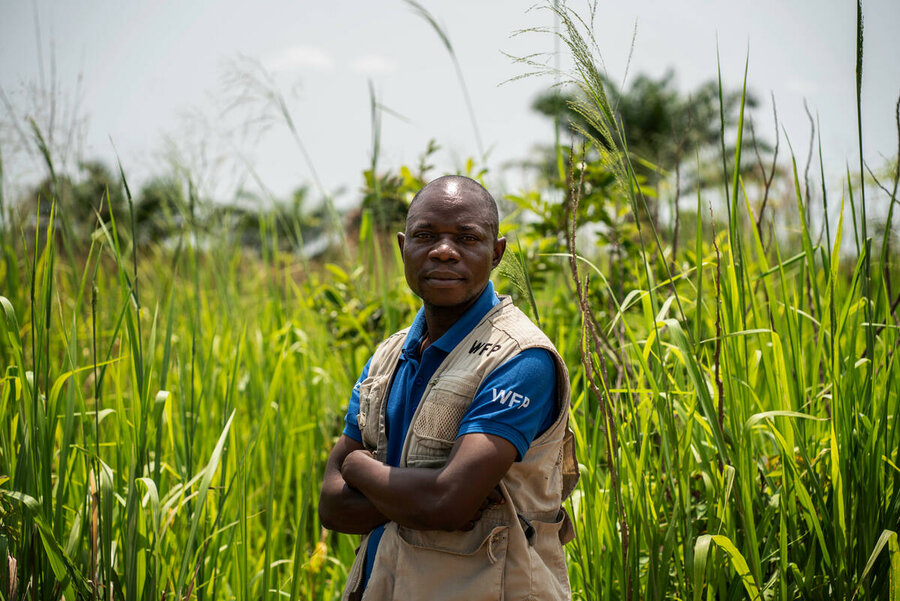
This rural project built on the strengths of WFP and FAO and other partner organizations to restore agricultural production and commodity markets by supporting smallholder value chains.
An approach was subsequently designed combining the rehabilitation of smallholder farmers’ livelihoods with women’s empowerment, peacebuilding and conflict mitigation.
The project, which also runs in Kabalo and Nyunzu in Tanganyika, targets 18,000 families with combined technical, economic and social interventions to revitalize local economies and livelihoods; around 90,000 people are assisted in this way, 47 percent of whom are women.
Damas Amisi, a finance assistant for WFP's resilience team in Kabalo, says: “It is hope for the people” — in particular, “women have increased their ability to analyze and resolve conflicts.”
One of the paths used to restore peace is strengthening livelihoods in rival communities. This means families have more money to spend and this, in turn, stimulates the local economy while easing tensions, promoting gender equality and reducing the chances of conflicts occurring.
Damas says: “WFP supports 20 village peace committees and 24 early-warning committees who monitor community’s engagement in conflict resolution.”
He adds: “There are 144 members in the communities who collect information on potential conflict situations and share it with local authorities and the village peace committees.”
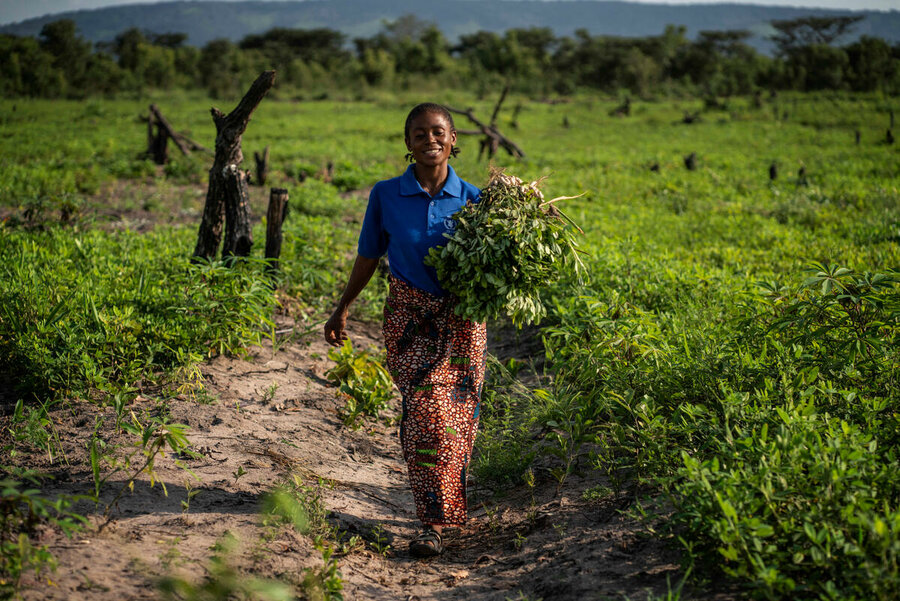
The programme in DRC is underpinned by the principles of humanitarian action, development, and peace — it seeks to address immediate needs while simultaneously reducing needs in the longer term.
To respond to the ever-changing conflict dynamics in DRC, WFP relies on solid conflict analysis and an understanding of its potential and actual impact on national and local conflict dynamics. This involves explicitly providing support to local actors to transform the conflicts through working with partners such as Search for Common Ground, an international NGO using innovative tools to prevent and end conflicts around the world.
The joint FAO-WFP programmes are facilitated through the generous support of Germany, Sweden, Canada, Norway and Italy.
